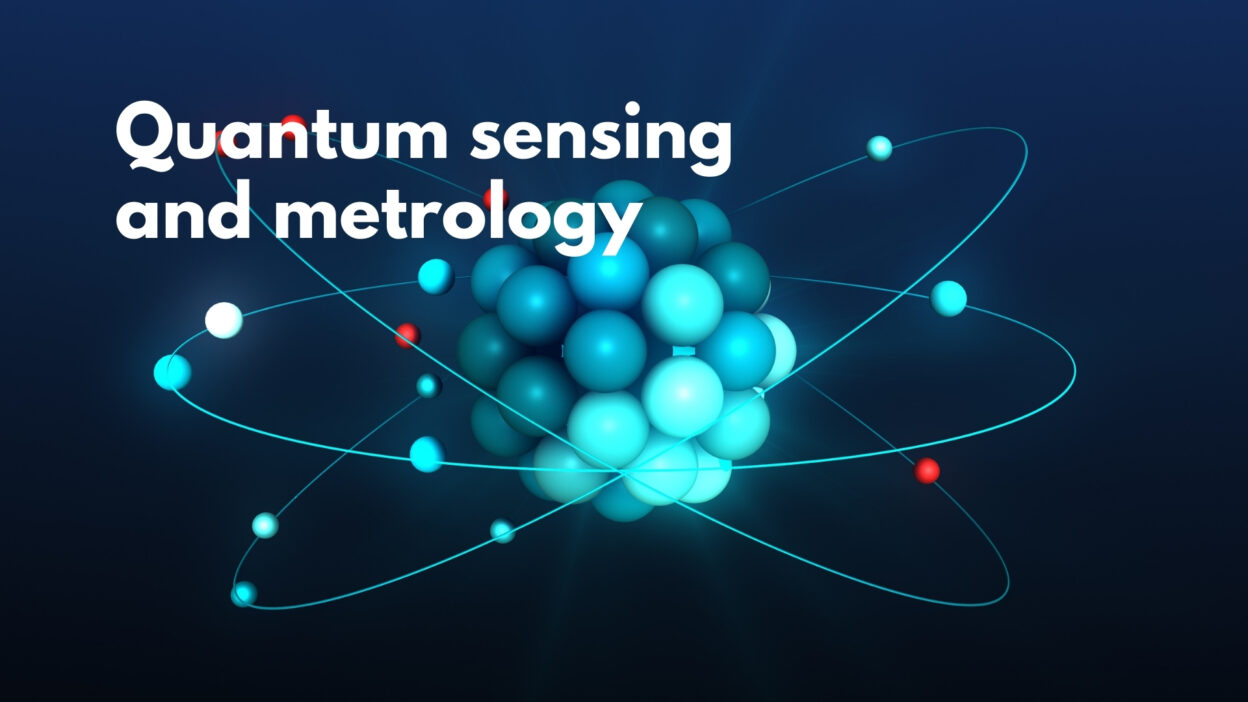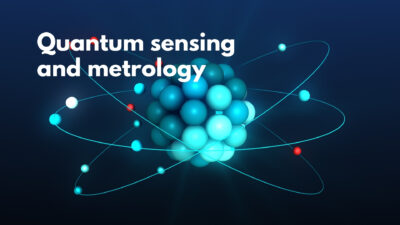This article explains how atomic clocks were essential in capturing the first image of a black hole in 2019. The image was made possible by a technique called very-long-baseline interferometry (VLBI), which links radio telescopes around the world to act as one giant telescope. This method relies on precise timing to compare the phase of radio waves detected at different locations, allowing scientists to create extremely detailed images.
Atomic clocks, specifically hydrogen masers, are used to record the exact time when radio waves arrive at each telescope. This timing is crucial for combining data from telescopes across the globe. The data was stored on special hard drives and sent to a central location for processing. VLBI has many applications beyond black hole imaging, including studying distant stars, creating navigation references, measuring Earth’s movements, and comparing atomic clocks across continents.
Source: https://www.nist.gov/atomic-clocks/a-powerful-tool-for-science/telescope-size-earth
Keywords: atomic clocks, VLBI, radio waves




